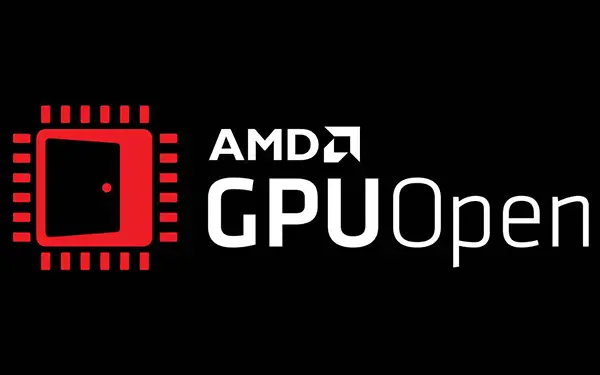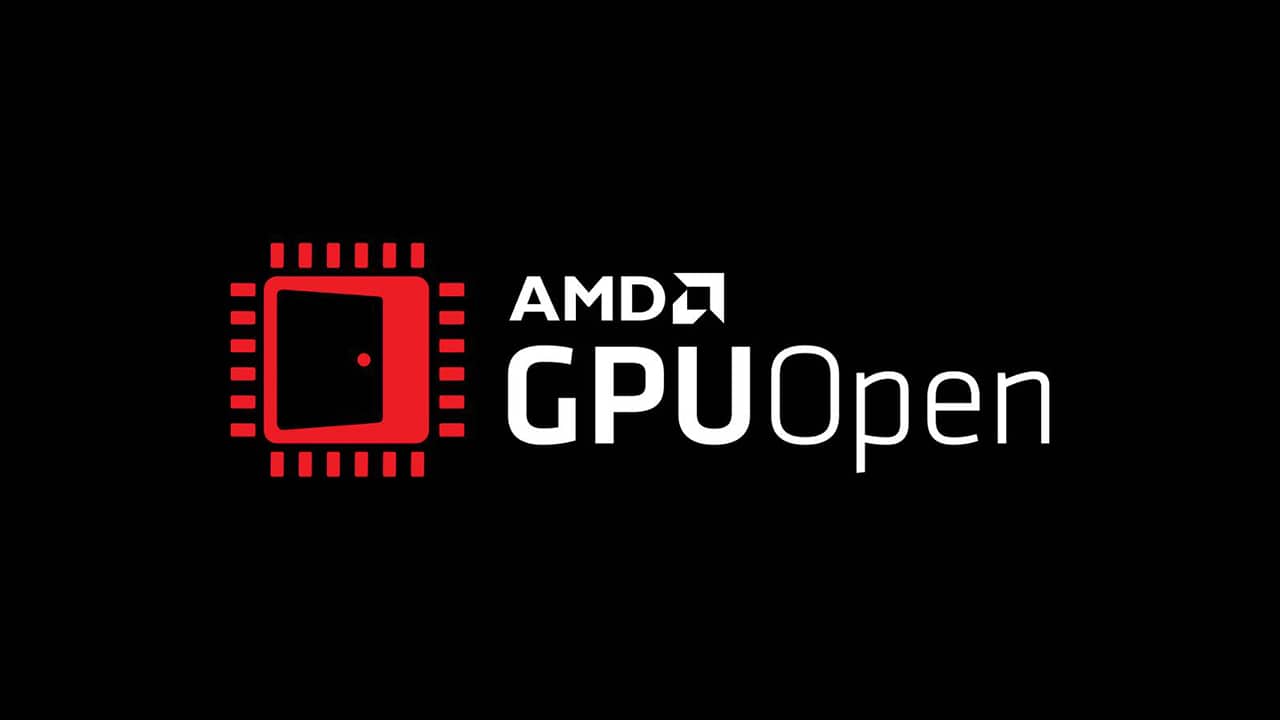AMD announced the integration of four new graphics technologies within FidelityFX, the developer toolkit created to facilitate the development of content with high visual fidelity. After presenting the Contrast Adaptive Sharpening (CAS) together with the Radeon RX 5700 video cards in the summer of last year, the company unveiled Stochastic Screen Space Reflections (SSSR), Luminance Preserving Mapper (LPM), Single Pass Downsampler (SPD) and Combined Adaptive Compute Ambient Occlusion (CACAO).
Stochastic Screen Space Reflections (SSSR) is AMD's implementation of the popular Screen Space Reflection technique, with which the developers aim to recreate realistic reflections without weighing too much on the final performance. In fact, it is not necessary to render the scene geometry twice, but it is a post processing effect that exploits the information already present in the rendered image.
Luminance Preserving Mapper (LPM) allows you to show as many shades of lighting and shading on the screen. According to AMD, with FidelityFX LPM HDR integration is quick and easy, and it is possible to preserve a high gamut (the set of colors reproduced).
FidelityFX SPD, or Single Pass Downsampler, has a fairly explanatory name and is used for facilitate theapplication of a subsampling if needed. "Perhaps you are bringing a buffer to a lower resolution for performance reasons, or perhaps you are generating a MIPmap chain. The standard way to do this is simple, but it potentially introduces many hitches in the graphics pipeline. Overcome those hitches using Fidelity SPD, our Single Pass Downsampler that can generate up to 12 MIPmap layers of a texture in a single step of the shader".
Finally, here it is CACAO (Combined Adaptive Compute Ambient Occlusion), a solution that originates from the Adaptive Screen Space Ambient Occlusion technique developed by Intel. AMD claims to have expanded and optimized it. "First of all, we have moved everything to the calculation part, giving you the freedom to carry it out on a processing queue or graphics. We also carried out some important interventions on the data transformations that the effect entails. Finally, we have also integrated an upsampling option to allow you to achieve high quality environmental occlusion with an impact adaptable to the game. "

Further details, with demonstrations and technical resources, can be found on the renewed website of the GPUOpen initiative, the AMD initiative aimed at creating a similar suite in the intent to Nvidia GameWorks, but with features as open as possible. All these technologies are likely to be implemented in the console too, in fact AMD talks about compatibility with the RDNA architecture, whose second evolution represents the basis of PS5 and Xbox Series X.















